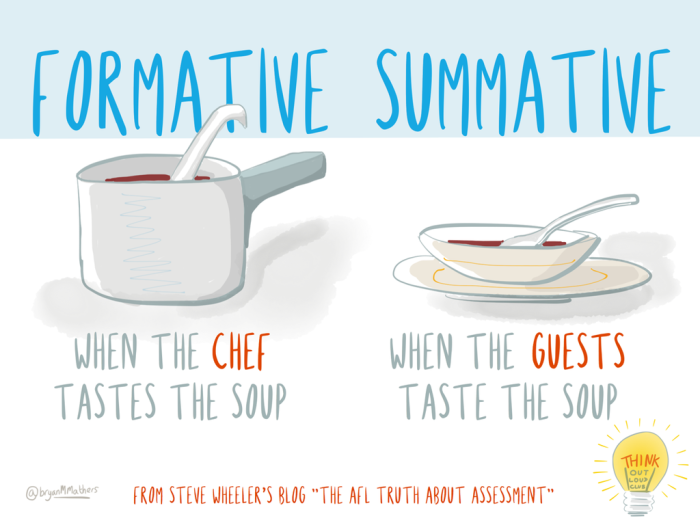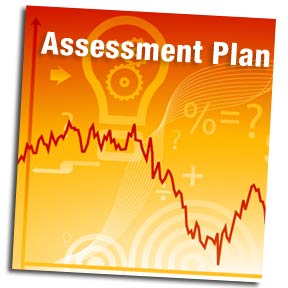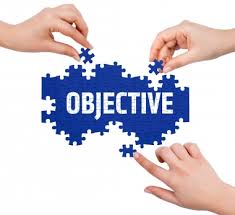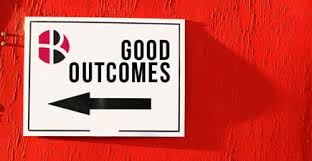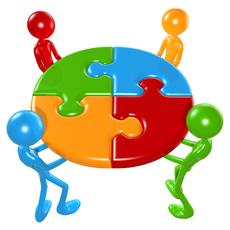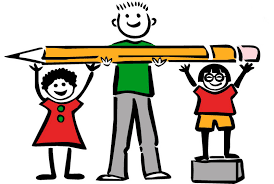
Now I know that assessment is not just about formative and summative, traditional or alternative and formal versus informal. But I think there are still a lot of assessments and one of these is differentiated assessment.
What is differentiated assessment?
I can still remember when I had my teaching demonstration last semester wherein we made lesson plan. All awhile I was really trying my best to follow what is in my instructional plan but because of the students on going activities and my own assessment I wasn’t able to follow it. I have to make adjustments and modify some activities that will cover the student’s welfare such as their learning needs; Korean’s learning styles and preferences which is to focus on the book and etc.
I once was a Korean tutor and I believe differentiated kind of assessment helps a lot taking into an account of other individual students who cannot speak English fluently. The level of understanding and the ability to adapt a certain topic or subject matter should be highly assessed during the learning process. As a teacher, I have to collect data such as their level of understanding English (beginner, intermediate or advance) before doing any activities. After such, I will collect another data during the class to know the progression of the student and after the subject or lesson; I will do another assessment to conclude a certain learning process. It is important that a teacher should identify the strengths and weakness of each learner. So differentiated assessment will provide different methods to conduct a certain flexibility on the aspect of assessment. It is essential that when assessing students in the differentiated class, assessment is authentic meaning it offers students a variety of tasks demonstration real-life skills, tells the educator if the student has acquired the skills or concepts, is based on standard criteria to achieve validity, and guides students for roles in adult life (Chapman & King, 2012).

Being a teacher should be proactive in assessing his students especially if you teach in a special kind of education (SPED). You should be grounded with different theories to be able to adapt fully the assessment process. A lot of my friends told me it is easy to make exam but after reading all of this assessment, for me it is not easy. There should be validity and reliability in every question, every observation, every scale or rate you give and etc. WHY? Because this can make or break your students and whatever is the result, this will always come back to the teacher. If she fails, then you failed as a teacher but if she passes, then you know you are on the right track.
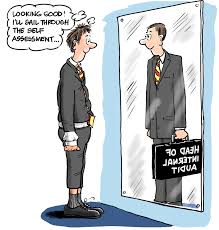
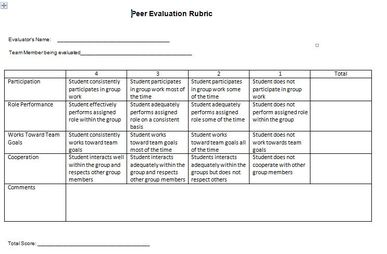
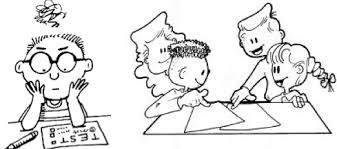
 However, I asked myself how about blending learning, how can alternative assessment imposed on it?
However, I asked myself how about blending learning, how can alternative assessment imposed on it?

